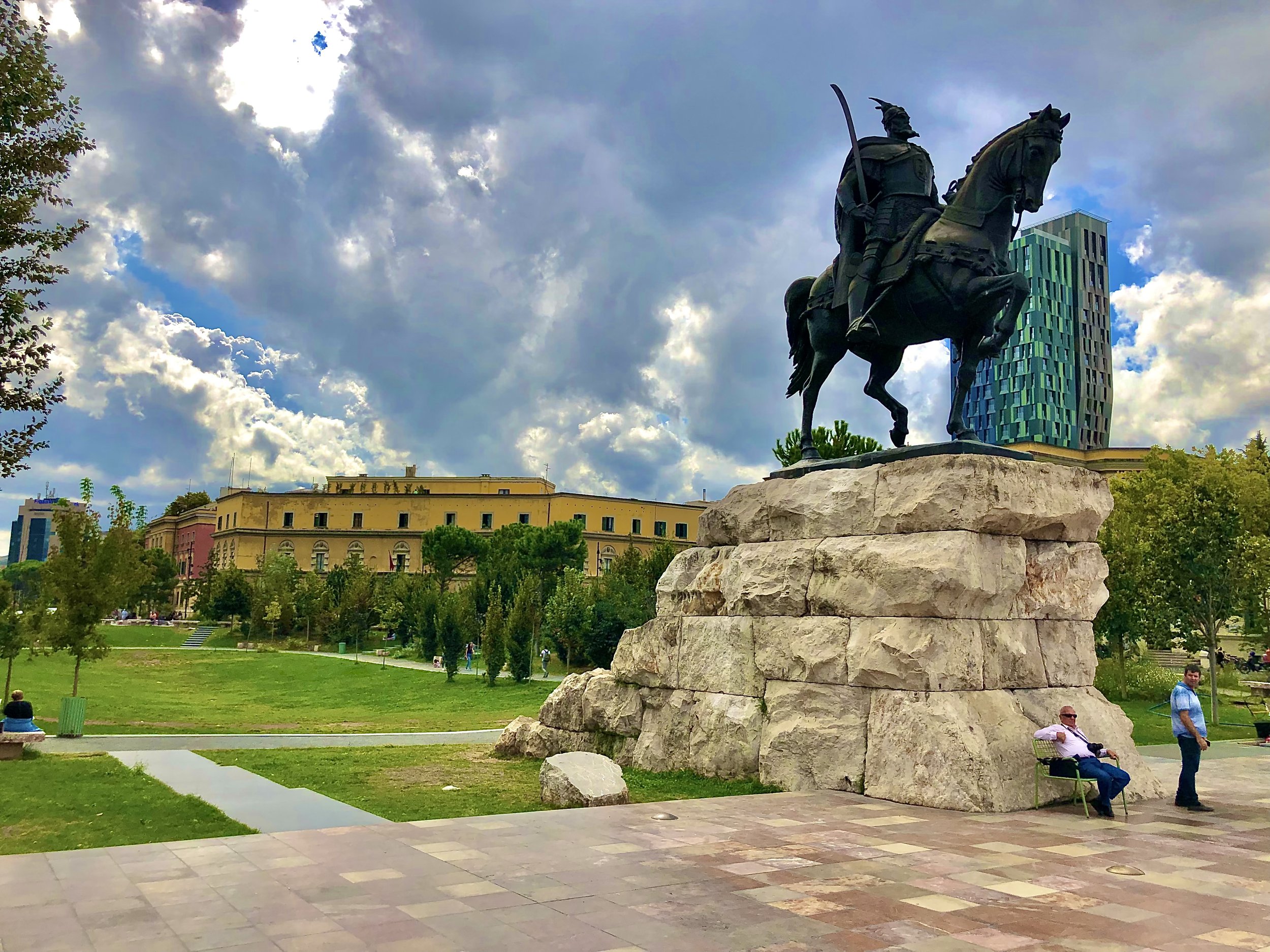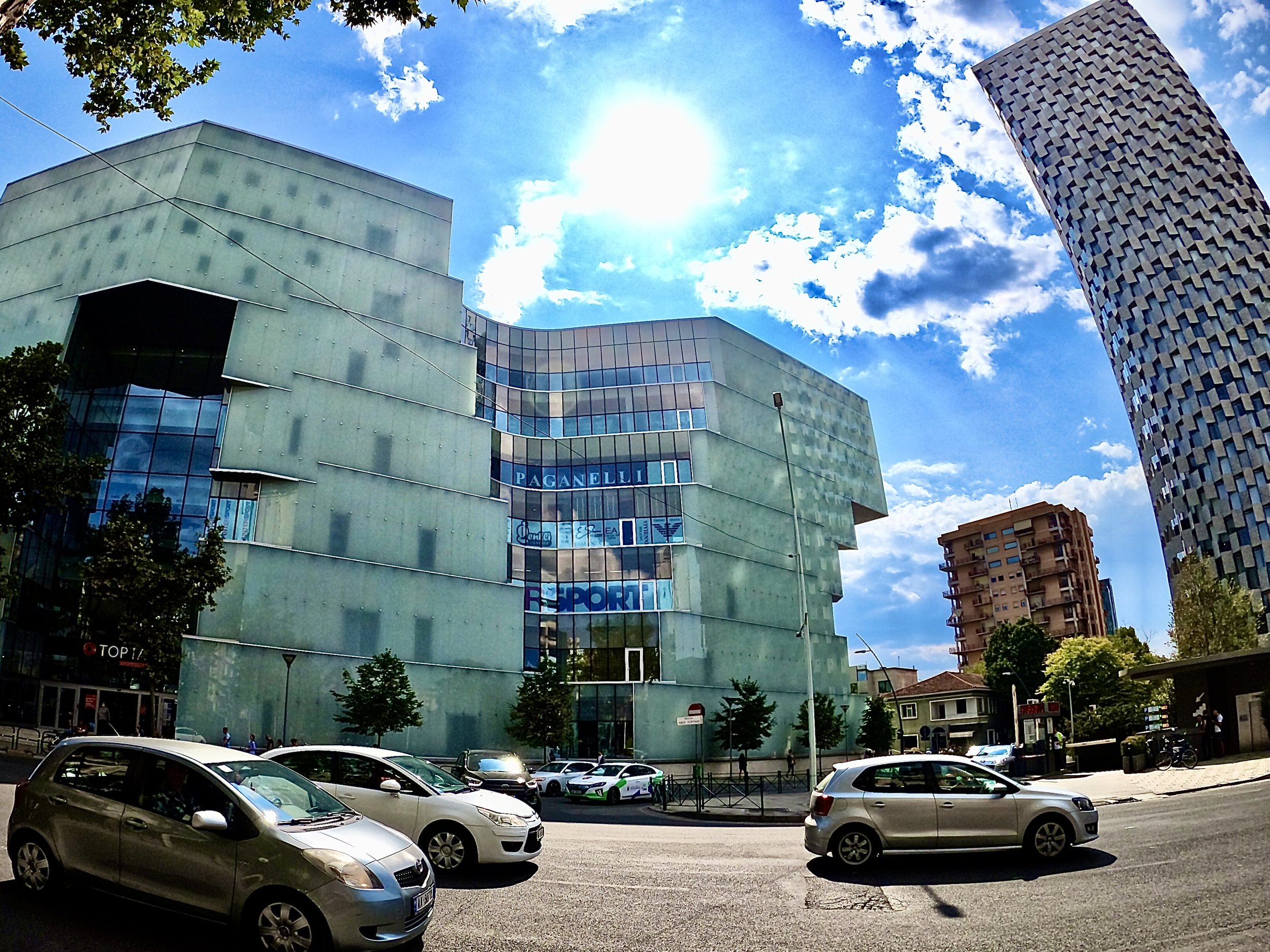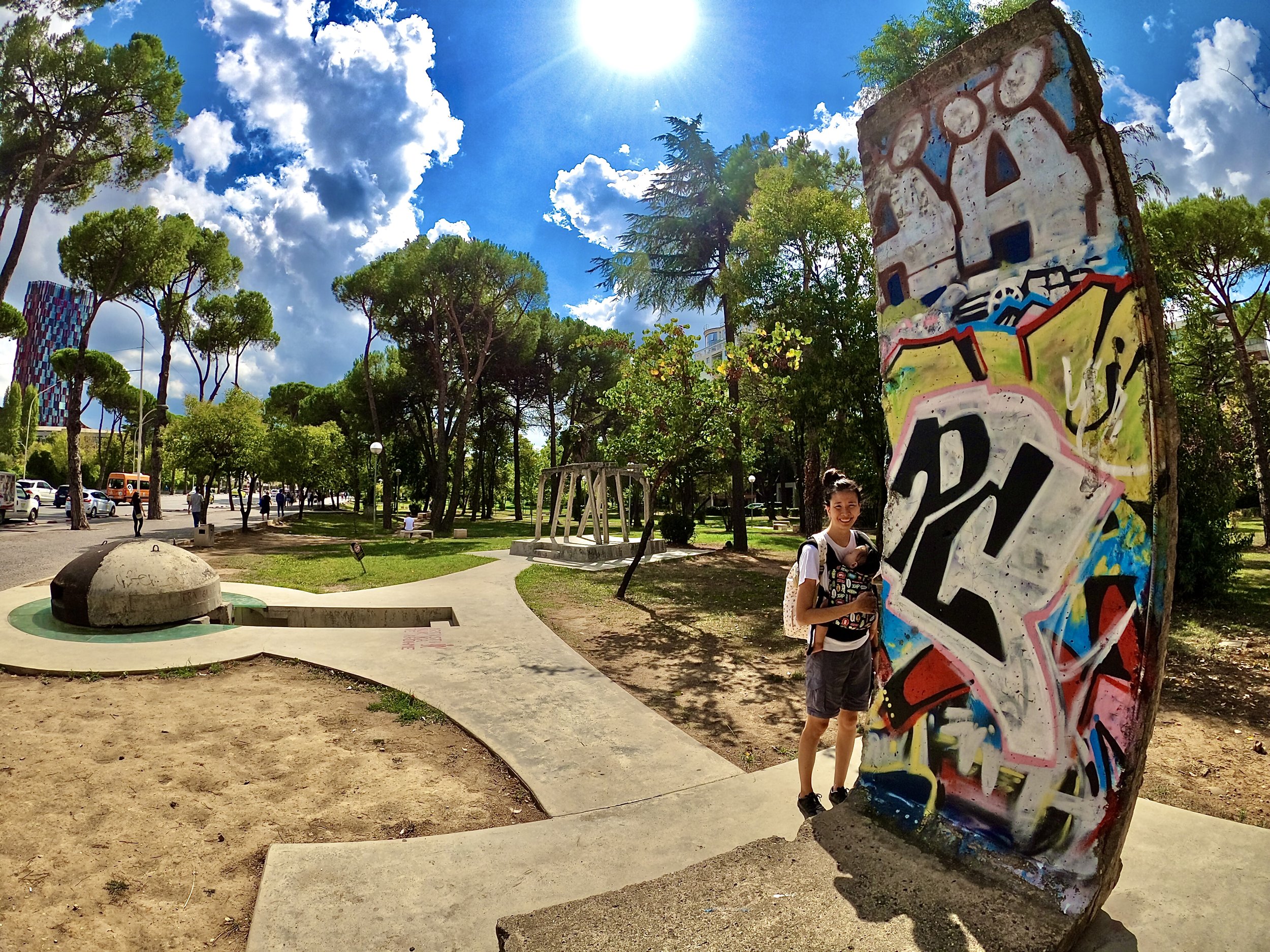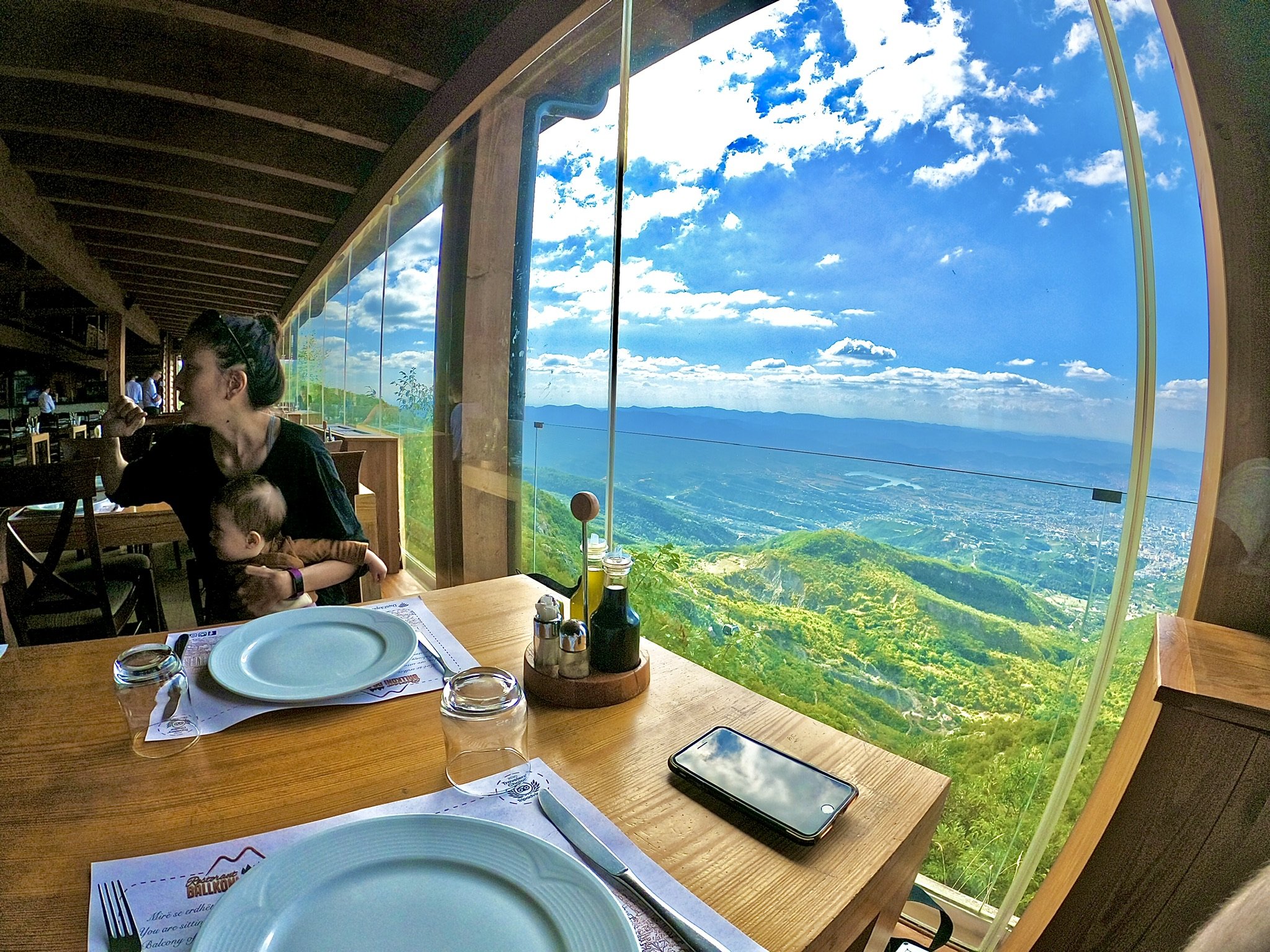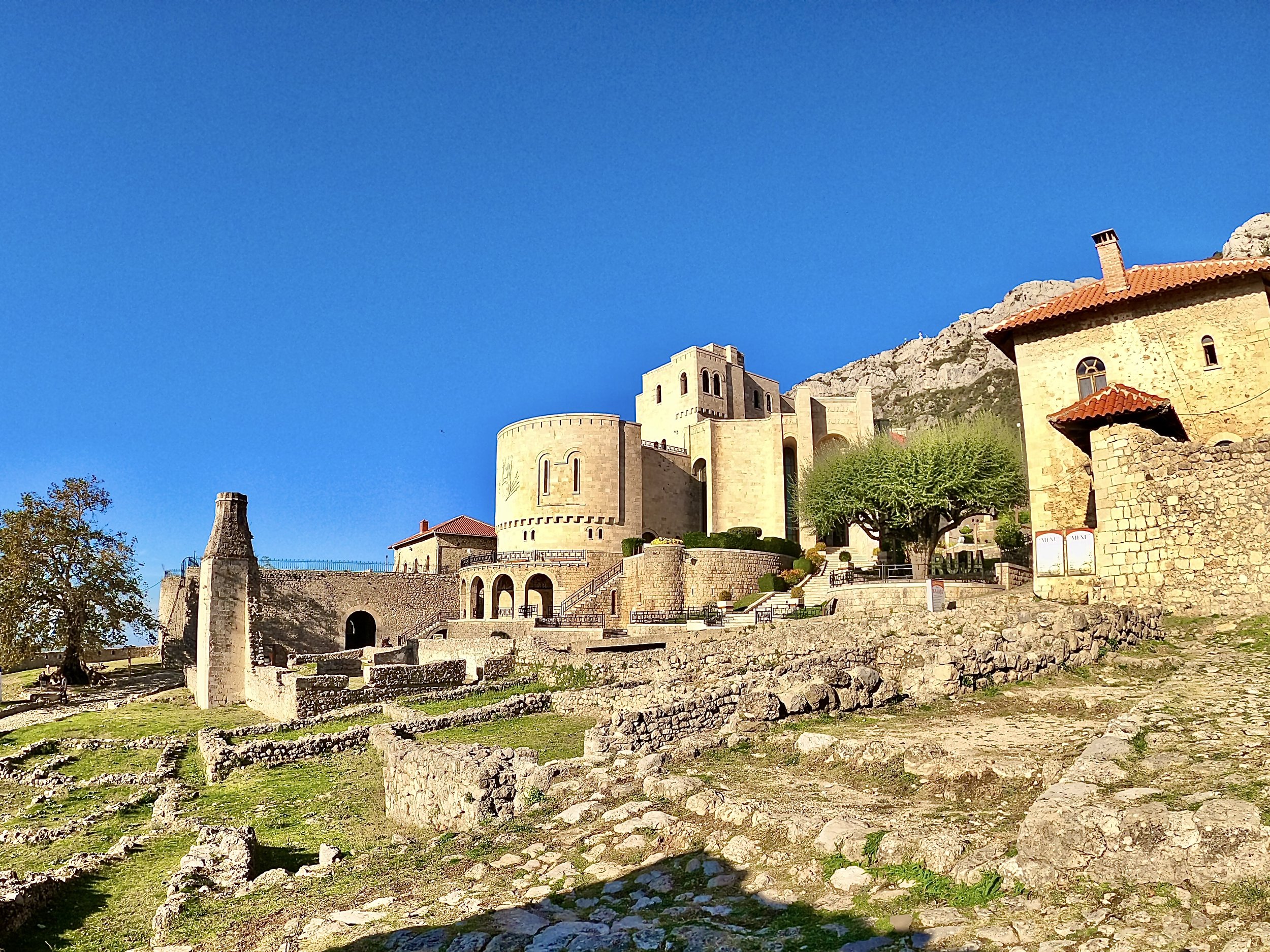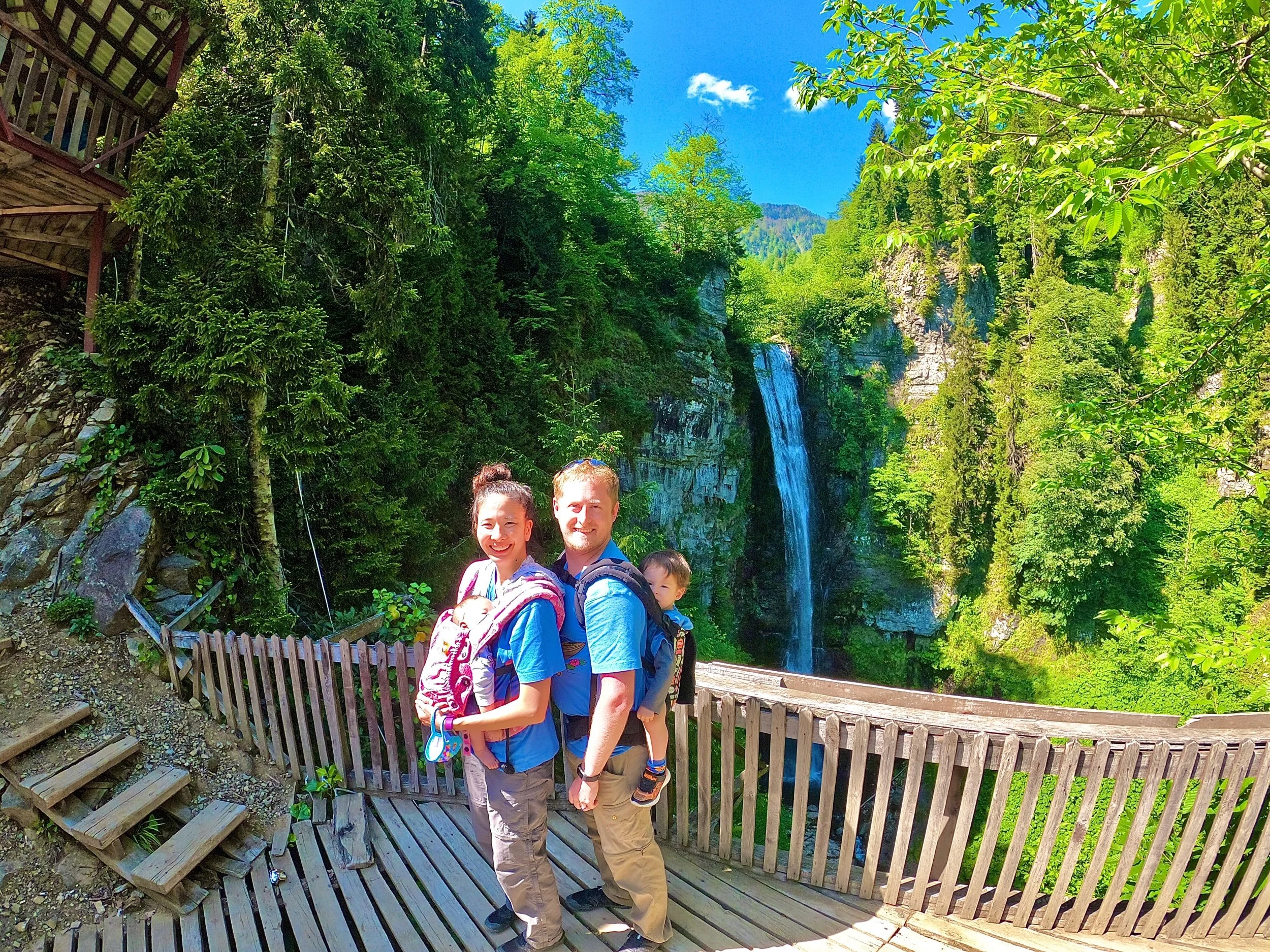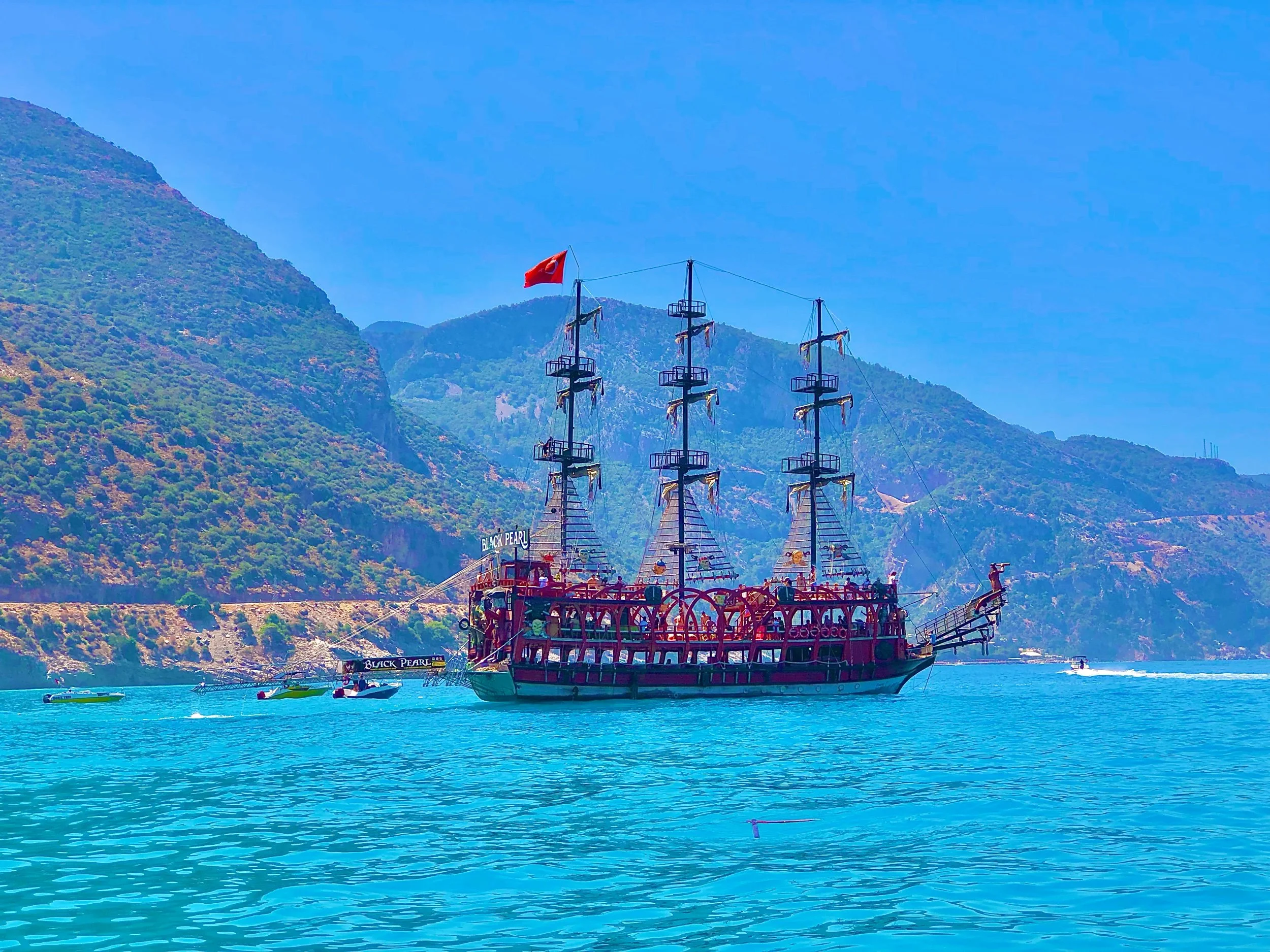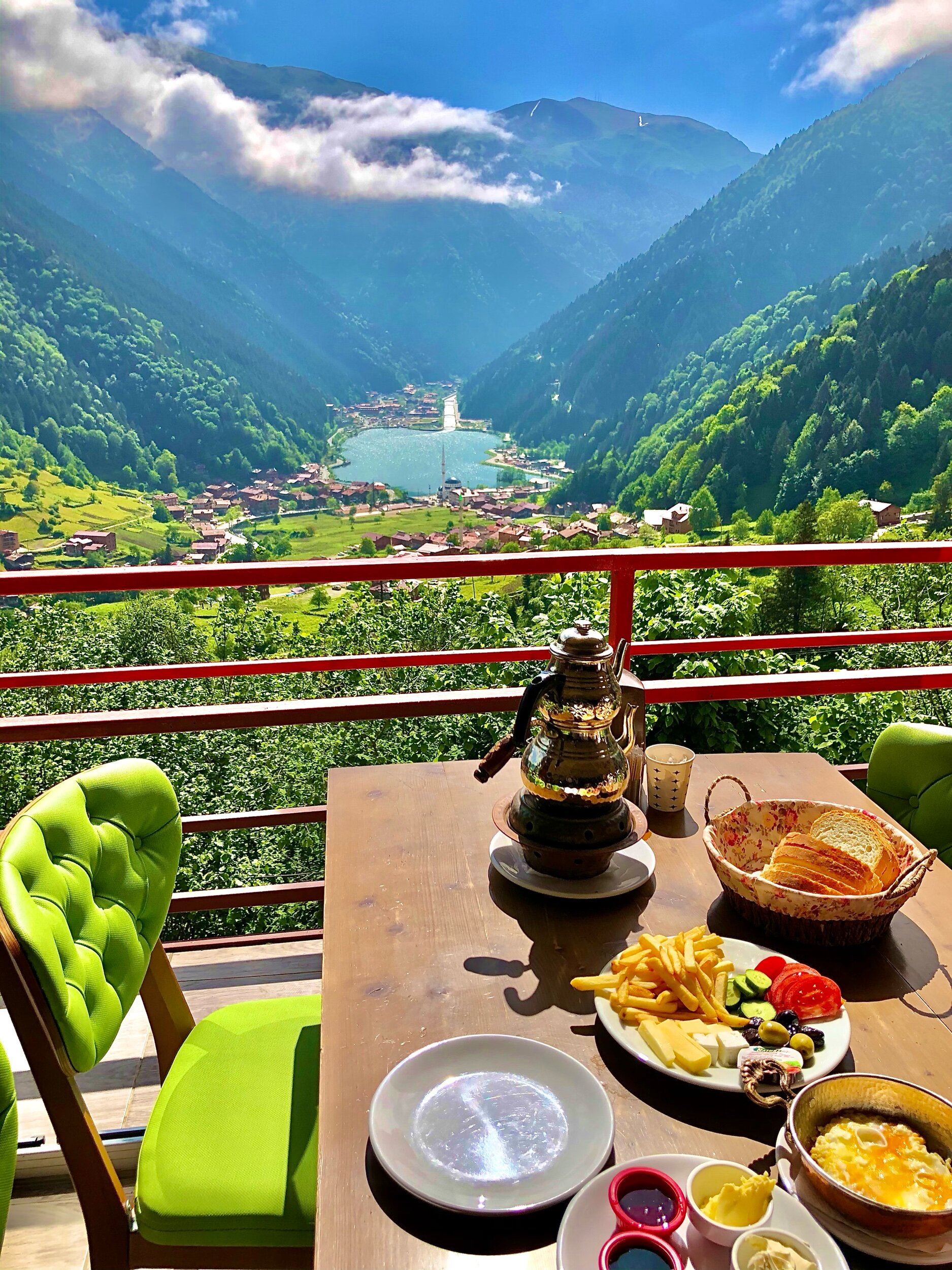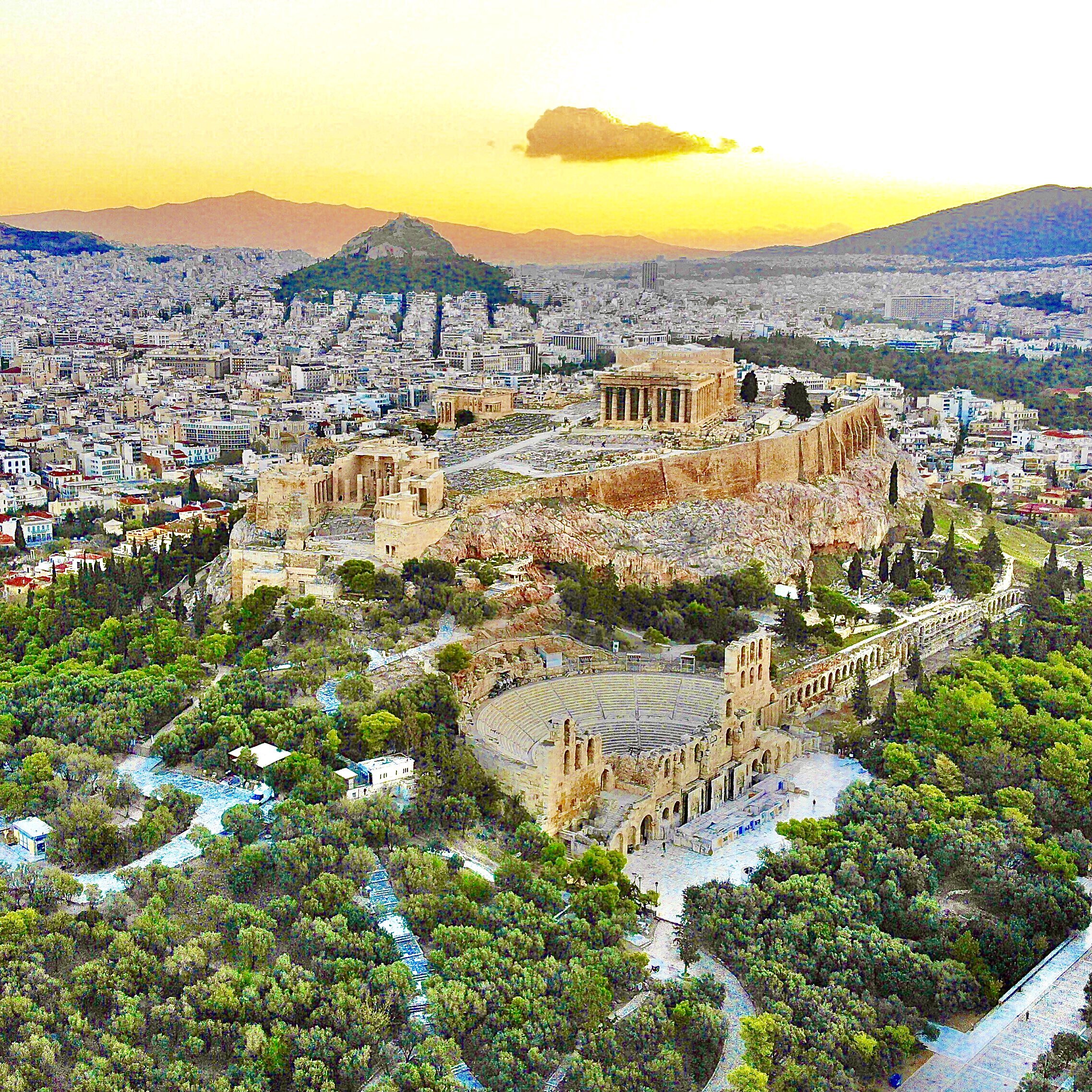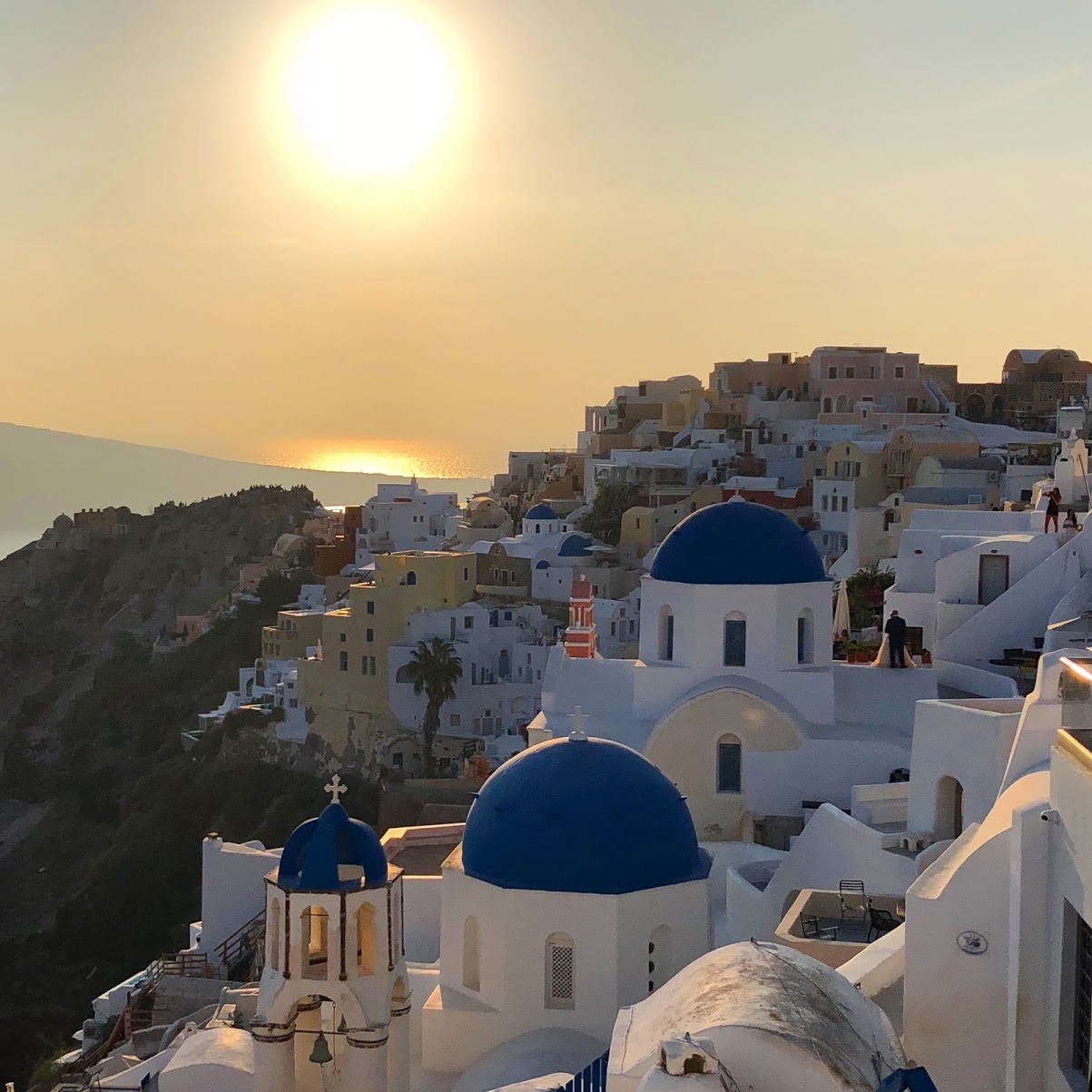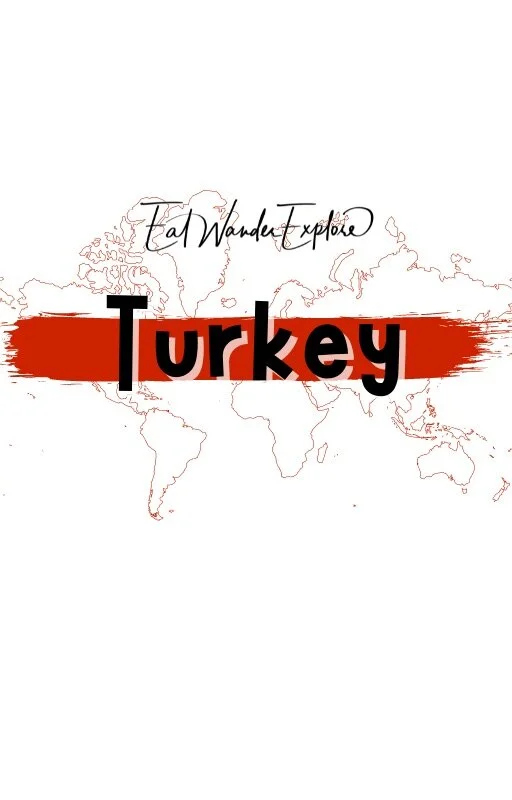Tirana and Kruja: The Turbulent History of the Balkans - Albania
Please note: This post may contain affiliate links. See our disclosure to learn more.
Destinations > Europe > Albania > Tirana and Kruja: The Turbulent History of the Balkans
A Turbulent History in Tirana & Kruja
For a unique view of Europe, check out Tirana, Albania and the surrounding area, as well. The region will take you on a journey through the turbulent history of the Balkans, and also offers the contrast of incredibly peaceful natural vistas. The city itself is awash with art that helps residents and visitors alike learn about - and process - the darker past, while providing fresh beauty in the present.
There are artistic surprises all over Tirana. In addition to the expected National Gallery of Art, the colorful facades and large murals found throughout the city are delightful to art lovers.
One of the best ways to explore Kruja and Tirana in a single day is with a day tour.
Where to Stay in Tirana: The Plaza 5-Star Hotel
Including its spa centre, sauna, hot tub, bath robes and slippers. Fitness facilities are included, opt for a massage, a meal at the restaurant, or a drink at the bar. This hotel is within walking distance of Skanderbeg Square and the Toptani Shopping Center - it’s in the heart of the city with everything nearby - the very best location in the city!
The front desk is open 24-hours. Other nearby attractions include: the Clock Tower (100 m) and the National Theatre of Opera and Ballet (200 m). If you want a very comfortable place in the best area of Tirana, this is the hotel to choose!
“The hotel is AMAZING! Inside and outside, a real gem! The people at the reception are really helpful and nice, the house keeping are one of a kind - the best people I ever met in my life, the spa personnel happy and calm - just as you would expect them to be! Overall a great experience, thank you for having me.”
Dubrovnik to Athens: 9 Day Adventure
See the highlights of the Tirana and Kruja area by picking your favorite choices in this area, and combine that with the other must see place in Albania: Saranda! As if that wasn’t enough, you’ll also see the highlight of Croatia: Dubrovnik, the highlight of Montenegro: the Bay of Kotor, and the biggest highlights of mainland Greece: Corfu and Athens.- what an amazing adventure!
You could see Europe the same as everyone else, or you could live it like you mean it. With magnificent Dubrovnik as a launching pad, you’ll head south through Montenegro and undiscovered Albania, then hit Corfu and its fabulous beaches en route to a history fix in ancient Athens. Along the way, you’ll climb the lanes of walled towns and get down in exclusive clubs. In the company of other young, fun travellers, this trip is utterly unique — just like you.
Skanderbeg Square
At the heart of Tirana, you will find Skanderbeg Square, named for Gjerjg Kastrioti Skënderbeu, an Albanian feudal lord who fought for freedom against the Ottoman Empire. The square and the surrounding buildings have won several prizes including the European Prize for Urban Public Space in 2018. The largest pedestrian zone in the Balkins, the square is surrounded by several not-to-be-missed sites, including the Et'hem Bej Mosque, the National History Museum, and The Clock Tower of Tirana.
Bunk’Art and Bunk’Art 2
The communist past of the nation is something they are still coming to terms with. One artistic surprise of Tirana lies at the eastern edge of the city. A large underground bunker has been transformed into a combined art and cultural space. The history museum portion of Bunk’Art is dressed as it would have been under the rule of the Communist leader, Hoxha. The bright contemporary galleries and theater provide a stark contrast to the difficult historical aspects of the center.
Like it’s eastern counterpart, Bunk'Art 2 is another space that has been transformed with art to help re-imagine their past. It is the second of such spaces to be created in Soviet-era bunkers, this one in a recently rediscovered smaller bunker in the center of Tirana. The interactive art space, found throughout the 24 interconnected underground rooms, is helping the nation come to terms with the political persecutions of this dark period of their history.
New Pyramid of Tirana
Initially built as a museum and thought to have been the most expensive building in the region at the time of its construction, the Pyramid of Tirana has seen many uses and had fallen into general disrepair since the fall of communism in the early 1990s. In 2018, after several proposals for redevelopment, it was announced that the building would be refurbished as an IT center for youth, specializing in technology and design. The refurbishment is being carried out by a renowned Dutch architectural studio and is incorporating the original structure with ambitious modern updates. While the actual construction began in early 2021, a completion date has not yet been announced.
Tanners’ Bridge & Tirana Castle
Both Tanners' Bridge and Tirana Castle (Kalaja e Tiranes), formally but less commonly known as the Fortress of Justinian, are Byzantine-era structures that have recently been restored as a reclamation of Albanian history.
The bridge dates from the 18th century and was used to connect the city with the eastern highlands. During the process of restoration other nearby structures were discovered and are now also being restored.
Similarly, Tirana Castle is in the process of being restored. In 2018, a traditional bazaar was opened in the 14th century fortress. Visitors can shop for traditionally made handcrafts and enjoy the region’s cuisine at restaurants throughout the market.
Resurrection of Christ Orthodox Cathedral
Among the largest Orthodox churches on the Balkan Peninsula, the Resurrection of Christ Orthodox Cathedral was opened in June of 2012 to celebrate the 20th anniversary of the revival of the Albanian Orthodox church and also to the election of a new archbishop.
In addition to the church itself, the cathedral complex also includes multiple chapels, the bell tower, a cultural center, a library and a small museum. The complex bell tower was actually designed and sculpted by the archbishop himself.
Toptani Shopping Center
Toptani Shopping Center
While shopping at the Toptani Shopping Center is much like shopping at any modern shopping mall, the experience of the building is not to be missed. Rising seven stories alongside the nearby Parliament building, the architecture of this shopping center is quite lovely. The views from the top floor are spectacular.
Though the prices may be a bit high in the mid- to high-end stores, there is definitely a great selection, so whatever you are looking for, they are sure to have it in one of the over 100 stores. A break at one of the many restaurants found around the mall is also refreshing.
The other mall that we would recommend would be TEG - Tirana East Gate shopping mall - which is located just south of the city.
Youth Park & Taiwan Pool
Just south of Skanderbeg Square, the Youth Park, a.k.a. Rinia Park, is the central public park in Tirana. It covers nearly seven and a half acres and includes the complex of fountains known as Taiwan Pool next to the Regency Casino. In addition to the casino, the spider-shaped white building is also home to several cafes and restaurants, and even has a bowling alley in the basement. Every year on March 14th the Summer Festival celebrates the end of winter with festivities including a city-wide marathon and a circus held in the park.
Berliner Mauer & Postbllok Checkpoint
The city of Tirana, and Albania as a whole, still struggles with its history of living under one of the harshest communist regimes in Europe. As art is a powerful form of expression, it’s so important to this difficult task. A key instillation can be found across from the Prime ministry - Berliner Mauer (Teilstuck) & Postbllok – Checkpoint. The artistically-designed monument includes a piece of the Berlin Wall, a small concrete bunker, and mining supports from a notorious work camp. These harsh reminders are surrounded by a peaceful green space, providing a strong contrast to the reminders of the past.
Grand Park of Tirana
At the southern edge of Tirana, the Grand Park of Tirana offers a great deal for visitors to see and do. The large green space is the site of the Royal Palace, home to a variety of past leaders and now the residence of the President of Albania. At the southwestern end of the park there is a Zoo, and also a Botanical Gardens that highlights the plants and flowers native to Albania. The park also features a lovely artificial lake, an amphitheater, several historical monuments, and a network of well-maintained paths throughout.
We recommend walking the full length path around the lake as there are many beautiful spots to see and it's incredibly relaxing! Some tours even show you the historical highlights of the park!
Dajti Mountain National Park
Established in 1966, Dajti Mountain National Park is located right next to the city of Tirana. The geography is both important for biodiversity and its unique ecosystem, and also hugely popular with climbers, a contrast that is important to keep in mind when visiting. The Park is home to caves and waterfalls that are popular with visitors. Dajti Express provides excellent access to the mountain via cable car and also offers an adventure park, mini golf, hiking and skiing packages, and paragliding facilities.
We highly recommend Ballkoni Dajtit, a wonderful authentic Albanian restaurant that has amazing views of the city of Tirana. It was our favorite Albanian restaurant in Tirana!
The hiking tour up on the mountain is really worth it!
Albinfo, CC BY-SA 3.0, via Wikimedia Commons
The Cave of Pëllumbas & Erzenti Canyon
The Dajti mountain range is home to many natural wonders. The Shpella e Pellumbasit, of Cave of Pëllumbas, a karstic cave that is one of only six in Europe, is comparatively small, but the unique geology and Paleolithic remains mean that it is an interesting stop and hugely important to the region’s history.
Kanioni i Erzenit (Erzenti Canyon) provides visitors with incredible opportunities to get up close with this landscape. Carved out by the Erzeni River, the canyon can be explored by boat, or there are also some adventurous hiking trails. Flowing through the Gryka e Skoranes, or Skorna Gorge, the blue-green waters of the river are tinted with limestone silt that is amazingly picturesque.
Grab a private tour to this cave or see the Komani Lake and Shala River on a day trip.
Highlights of Kruja, Krujë District
Castle of Kruja
Located a few kilometers outside of Tirana, a visit to the town of Kruja is a must. The main attraction, the Castle of Kruja, is central to the country’s history. Built in the 5th or 6th century, the astonishing fortress is where the “Dragon of Albania”, Gjerjg Kastrioti, held off the Ottoman empire with only 3000 men in the 1400s. Its location on the craggy cliff about the town may have been a factor in the incredible defense. There is a national museum dedicated to the historic ruler and the history of the region located within the walls of the castle.
Ethnographic Museum of Kruja
The Ethnographic Museum of Kruja can also be found on the grounds there. Housed in a typical 19th century house of a wealthy family, the museum demonstrates the self-sufficiency of the household in producing their own food and drink as well as household items and furnishings.
While the ornate details of the house show the wealthier nature of this particular household, the crafts demonstrated were typical across classes.
Kruja Medieval Bazaar
Kruja Medieval Bazaar
Located just outside of the Castle of Kruja is the Kruja Medieval Bazaar. Filled with a wide assortment of items such as: traditional Albanian clothing and jewelry, antiques and memorabilia, vintage photography and musical instruments, locally made Rakı liquor and olive oil, and even Albanian souvenirs. The atmosphere is authentic, with a cobblestone path leading through historical storefronts.
So, as we were walking around the Kruja Bazaar, we allowed our son to purchase a small Albanian soccer ball, an alphabet puzzle train, a small drum set, and a blue maraca... The drum set came in handy when he saw an old man playing music - on a bouzouki - up at the castle. We just loved the way our son baltered while drumming, and the way the old man welcomed him to join in and encouraged him. This is why we travel.
A Visit to Tirana, Albania
Tirana, Albania and its surrounding area provides visitors with a fascinating look into the country’s tumultuous past. The gorgeous scenery and accessibility of outdoor adventuring means that there’s truly something for everyone here.
FAQs
Why was Tirana chosen as the capital of Albania in 1920?
Tirana was chosen as the capital of Albania in 1920 by the Congress of Lushnjë, a national assembly that declared Albania's independence from the Ottoman Empire. Tirana was a strategic location, as it was close to the Adriatic Sea and had good road connections to other regions. It was also a relatively new and undeveloped city, which gave the opportunity to create a modern capital that reflected the aspirations of the Albanian nation.
What are some of the main attractions in Kruja, the medieval capital of Albania?
Kruja is a historic town that served as the capital of the Albanian principality under Skanderbeg, the national hero who resisted the Ottoman invasion in the 15th century. Some of the main attractions in Kruja are the Skanderbeg Museum, which displays artifacts and exhibits related to his life and battles; the Kruja Castle, which offers panoramic views of the surrounding mountains and valleys; the Ethnographic Museum, which showcases the traditional culture and lifestyle of the Albanian people; and the Old Bazaar, which sells handicrafts, souvenirs, and antiques.
How has Tirana changed since the fall of communism in 1991?
Tirana has changed dramatically since the fall of communism in 1991, when it faced social unrest, economic crisis, and political turmoil. The city underwent a process of urban transformation, with new buildings, roads, parks, and public spaces being constructed or renovated. The city also became more colorful, as many of the gray and dull communist-era buildings were painted with bright and lively colors by the former mayor Edi Rama, who is now the prime minister of Albania. Tirana also became more open and diverse, as it welcomed migrants, refugees, tourists, and foreign investors from different countries and cultures.
Thank you VERY much for reading our article. We actually created this website to help people reach financial independence. Did you know that by having a remote job and traveling endlessly, or living in a country that has low costs of living, you can actually reach retirement quicker? Plus, retirement abroad is up to 75 percent cheaper as well! Learn more by exploring our website: EatWanderExplore and REmotiFIRE.
See our Thank You page to sign up for our free weekly newsletter - you’ll receive only 1 email per week letting you know about our latest travel articles, remote-work life, and amazingly affordable destinations!
Found this post useful? Buy us a coffee to help support this site’s running costs OR share this article with a friend.




